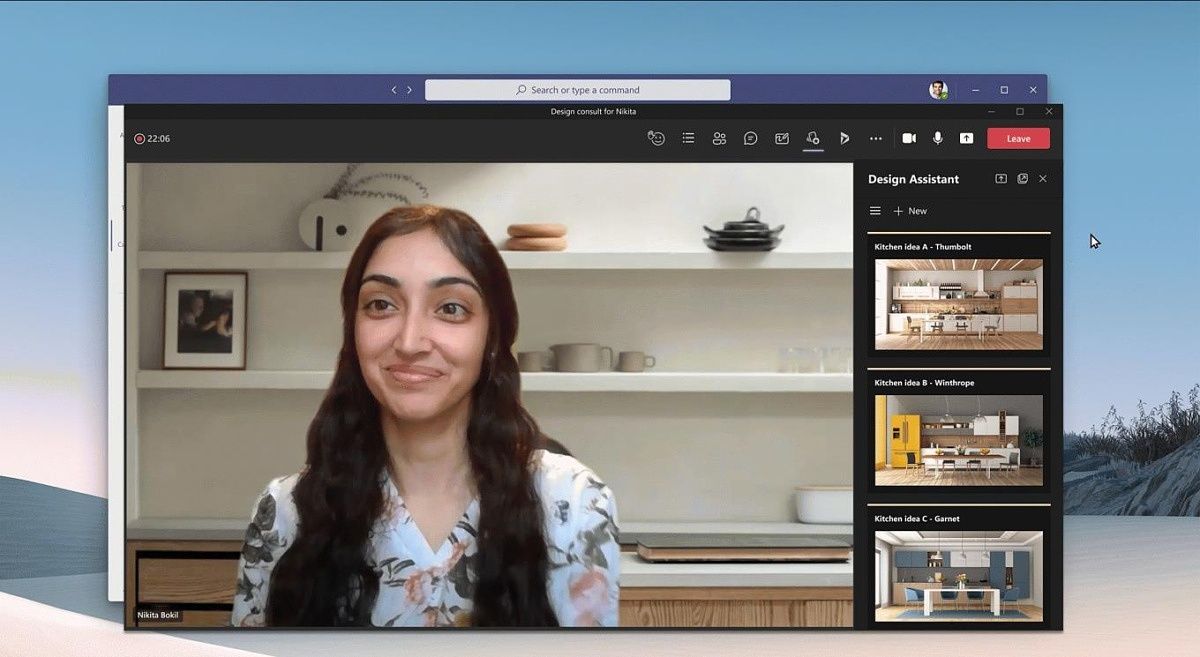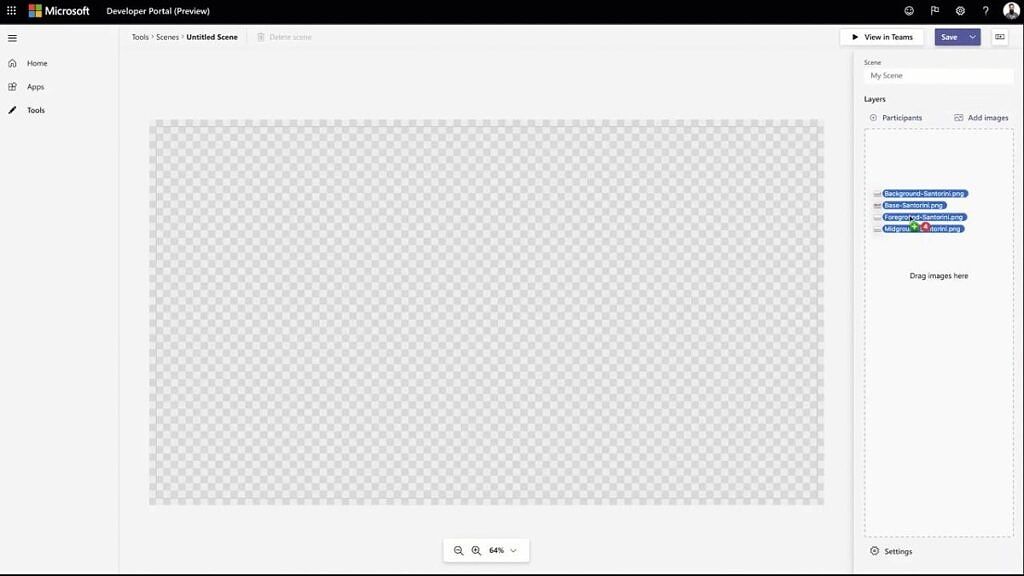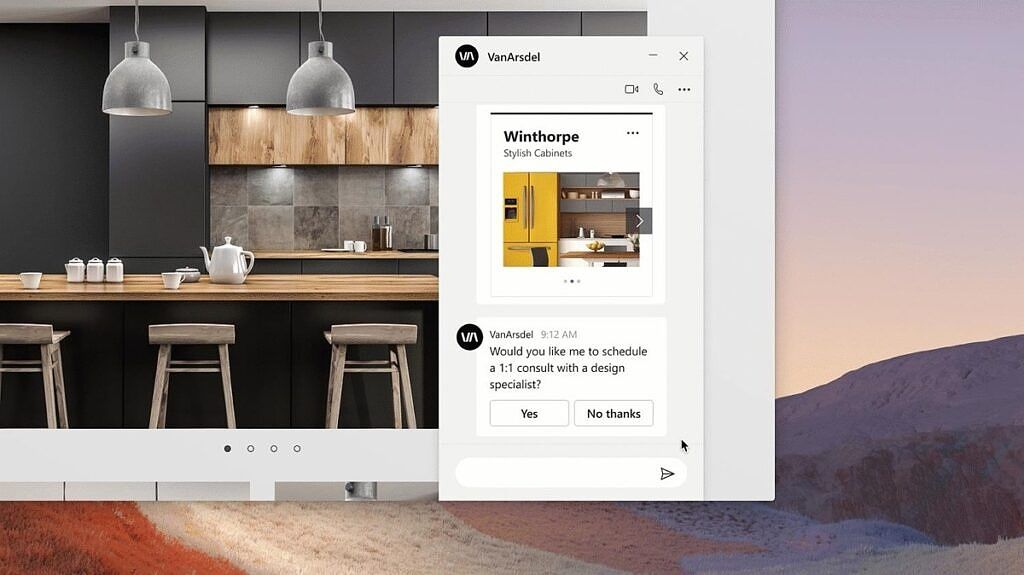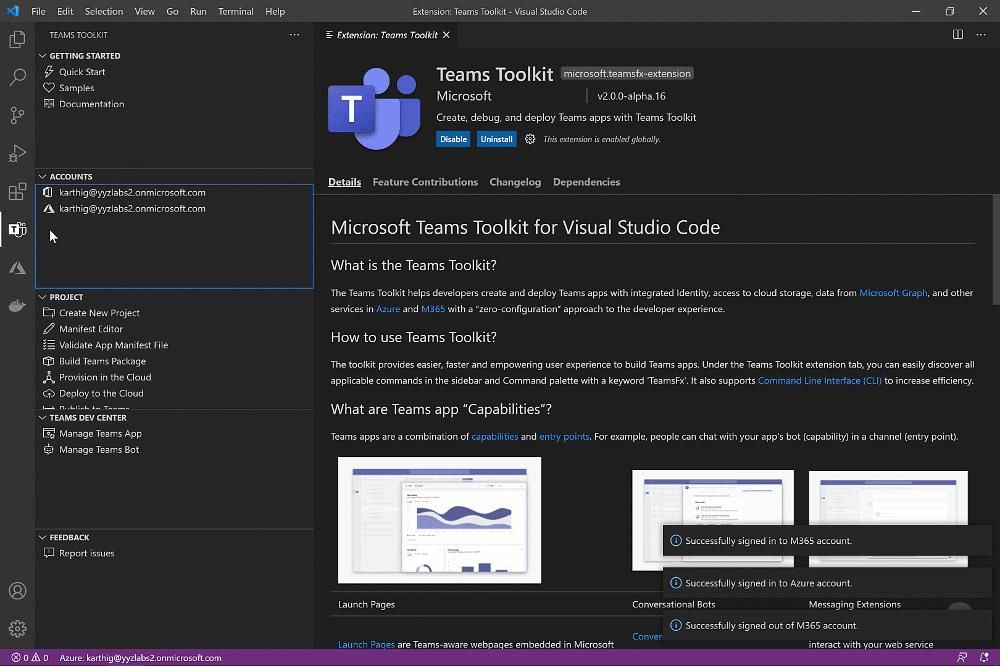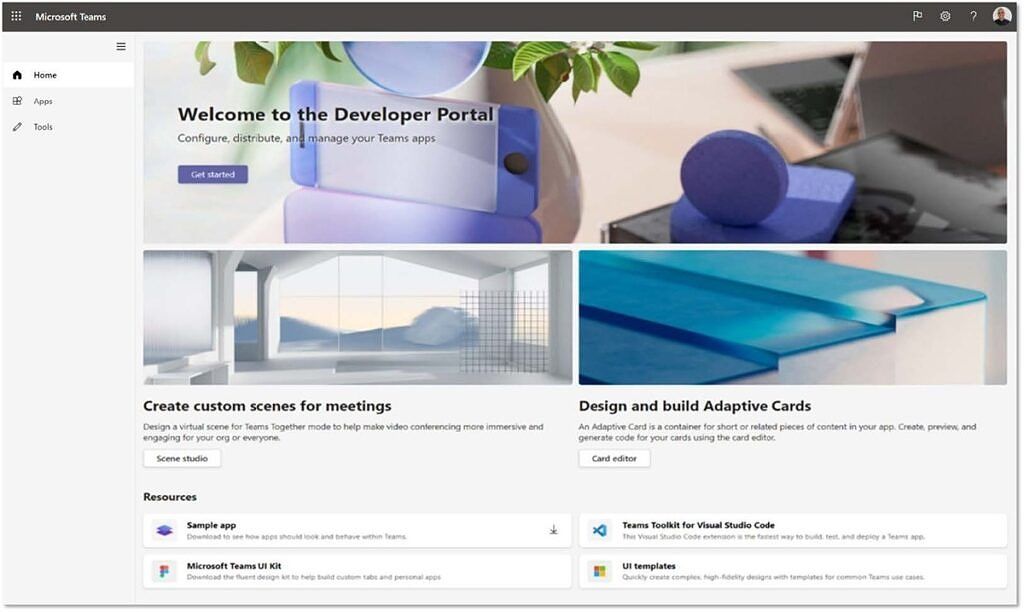Microsoft Teams isn't just a Slack competitor. It's a complete platform that's designed for collaboration. It's not surprising that when Microsoft holds its Build developer conference, there's a ton of Teams news that goes along with it.
First up is new tools for developers to create collaboration solutions within Microsoft Teams. Shared stage integration lets developers use their app manifest to access the main stage in a meeting, something that wasn't possible before. Now, apps for whiteboarding and such will work better.
One of those features is Together mode extensibility. Together mode lets you simulate being in the same room with meeting participants, so developers will be able to create more environments for that to happen.
There are new APIs, one of which is for media events. You can automate tasks to happen around certain things in a meeting, such as when it starts or finishes. You'll also find new media APIs with resource-specific content for note-taking, transcription, and so on. That one is coming this summer.
Not necessarily a developer feature, there are Fluid components coming to chat, and that's in private preview. The Fluid Framework is for real-time co-authoring and collaboration, and it's meant to be a richer form of chat in this case. You can send tables, lists, and so on.
Speaking of messaging, Microsoft said that message extensions are coming to Outlook on the web soon. This isn't necessarily a new feature coming to Teams as much as it's about creating a unified developer experience between the two platforms.
Also coming to Microsoft Teams out of Build a new and improved Teams Toolkit, which is for Visual Studio Code. Microsoft says that with the new Toolkit, it's aiming to use frameworks that developers are already familiar with. This version adds single-line authentication, Azure Functions integration, SPFx integration, single-line Microsoft Graph client, and streamlined hosting to an IDE and CLI.
You can also find this through the brand-new Developer Portal for Microsoft Teams, another new thing announced at the keynote. It's on the web, so you can get to it via the browser, and you can do things like manage environment configurations, collaborate by giving read/write access to apps, and gather insights on how your apps are used.
As usual, the new features being announced at Build 2021 are a mix of available now, in preview now, or coming soon.

